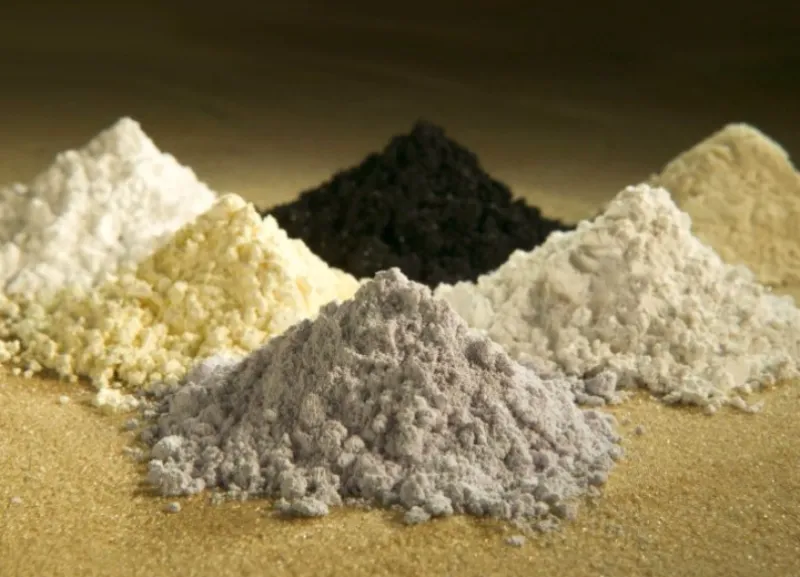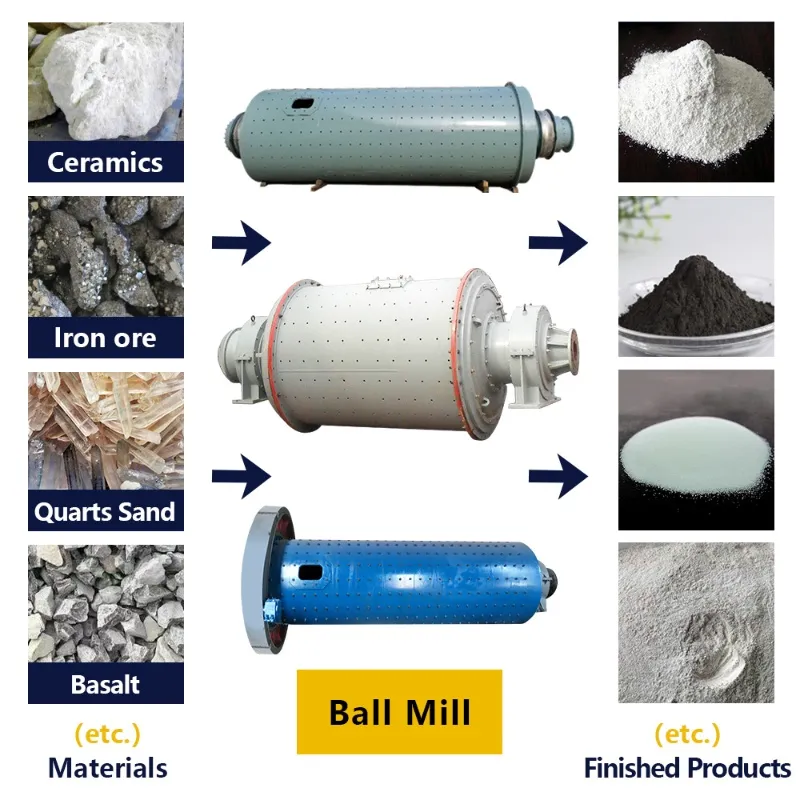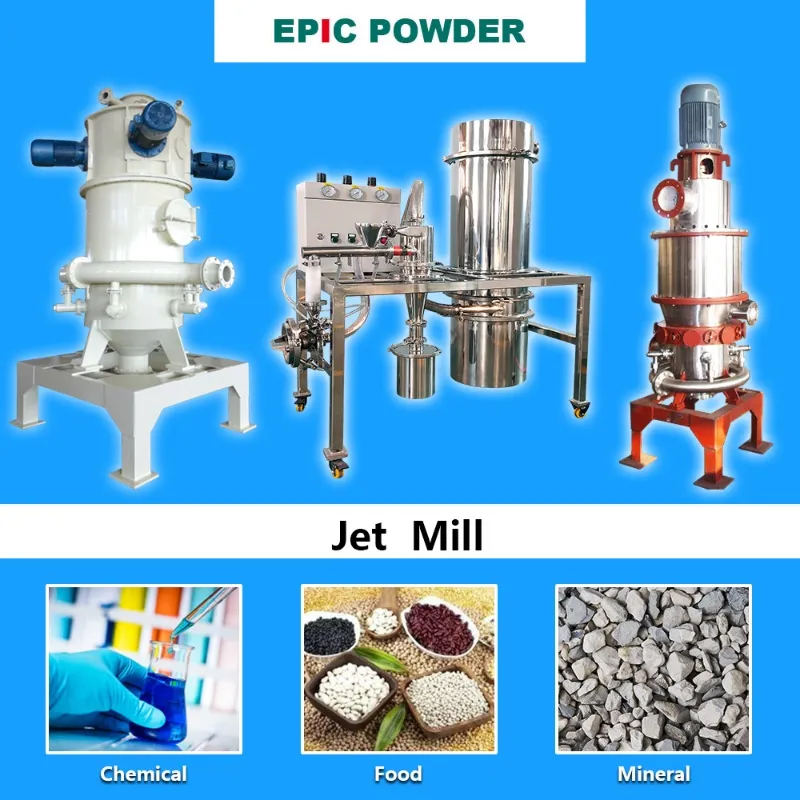Rare earth elements, often referred to as the “vitamins of industry”. It plays an essential role in a wide range of fields such as permanent magnet materials, phosphors, catalysts, hydrogen storage materials, electronics, and aerospace. With the continuous advancement of high-end manufacturing, the requirements for the purity, particle size distribution, and specific surface area of rare earth powders are becoming increasingly stringent.
In this context, the choice and optimization of grinding equipment have become a decisive factor in achieving high-quality rare earth powder preparation.

Requirements for Rare Earth Powder Preparation
Rare earth materials usually exist in the form of oxides, carbonates, or fluorides. Their preparation process typically involves crushing, grinding, classification, calcination, and surface modification. To meet the performance needs of various application fields, rare earth powder preparation must achieve:
- Controllable particle size with narrow distribution – ensuring stability in magnetic, optical, or catalytic performance;
- High purity and low impurity content – avoiding adverse effects from contaminant elements;
- Large specific surface area and high reactivity – improving reaction rates or sintering behavior;
- Scalable and continuous production – enabling industrial-scale application.
Role of Grinding Equipment in Rare Earth Powder Preparation
Grinding is the core process that transforms rare earth materials from bulk or granular forms into micron- or even nano-sized powders. Different types of grinding equipment, based on their energy input, grinding mechanism, and classification precision. It can meet diverse needs ranging from coarse to ultrafine grinding.
Ball Mill + Classifier System

The ball mill is a traditional yet widely applied grinding device suitable for fine grinding of various rare earth oxides such as Nd₂O₃, CeO₂, and La₂O₃. By adjusting rotation speed, grinding media, and milling time, powder with an average particle size of 1–10 μm can be achieved.
- Advantages: mature technology, high capacity, broad applicability.
- Limitations: relatively high energy consumption, limited fineness, and wide particle size distribution.
- Product fineness: D97 5–45 μm (adjustable).
Stirred Mill
The stirred mill generates intense shear and impact forces through high-speed stirring of grinding media, enabling the production of nanoscale powders. It is particularly suitable for the ultrafine grinding of rare earth oxides and doped materials.
- Applications: preparation of magnetic material precursors and rare earth luminescent powders.
- Advantages: high energy efficiency, controllable fineness, narrow particle size distribution.
Jet Mill

The jet mill uses high-velocity airflow to induce interparticle collisions, achieving ultrafine grinding without contamination. It is ideal for the preparation of high-purity rare earth powders.
- Advantages: contamination-free, particle size can reach D50 < 1 μm.
- Typical Applications: high-purity rare earth oxides, phosphors, and catalytic materials.
- Fineness range: D50 0.5–5 μm
Air Classifier
In rare earth powder processing, classifiers work in tandem with grinding systems to precisely control particle size and ensure uniform product quality.
- Function: adjustable cut size, accurate separation of different particle size fractions.
- Typical Configurations: Ball mill + classifier system, Jet mill + classifier system.
Typical Rare Earth Powder Preparation Processes
Ultrafine Cerium Oxide Powder Preparation Example:
Raw material pre-crushing →Ball mill coarse grinding →Stirred mill fine grinding →Air classification →Drying →Surface modification
The final product can achieve D50 ≈ 0.8 μm and a specific surface area >20 m²/g, suitable for polishing and catalytic applications.
Rare Earth Permanent Magnet Powder Preparation:
For NdFeB and other magnetic materials, inert-gas-protected jet milling systems are often used to achieve oxidation-free ultrafine grinding, ensuring magnetic properties are fully preserved.
Future Development Trends
As rare earth functional materials continue to move toward high-end applications, their powder preparation technologies are evolving in the following directions:
- Intelligent and automated grinding systems – enabling real-time particle size monitoring and closed-loop control;
- Energy-efficient ultrafine grinding technologies – improving energy utilization and reducing production costs;
- Green and environmentally friendly processing – minimizing dust emissions and media losses;
- Integrated grinding–classification–modification systems – combining multiple processes to enhance dispersion and performance.
Epic Powder
The preparation of rare earth powder is a vital step connecting resource materials to advanced functional applications. EPIC POWDER’s innovative grinding and classification solutions deliver precision, purity, and performance — empowering customers in new energy, electronics, and advanced manufacturing industries.
Through continuous innovation and process optimization, EPIC POWDER is committed to becoming a trusted global partner in the ultrafine processing of rare earth materials.
